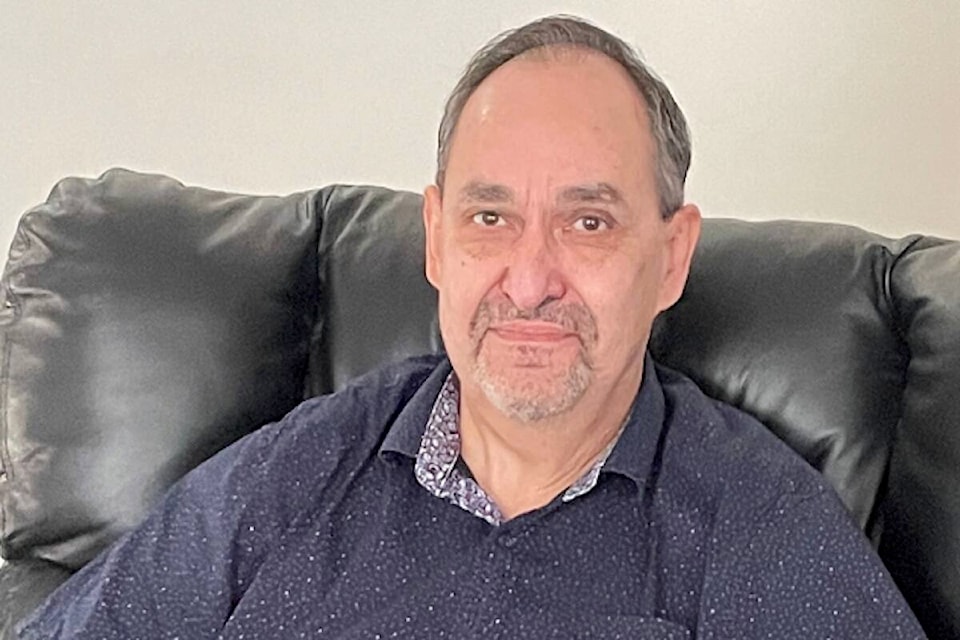Liberal and NDP governments in Ottawa and Victoria are crafting very progressive agendas.
They often have commendable objectives, but they show no regard for the proportionality of the actions taken, and no consideration of the impacts.
Surely, government must take great care with the effects of its policies on the economy and on the prosperity of residents. It’s not happening.
In August, the Business Council of British Columbia (BCBC), using B.C. government data, reported that CleanBC will cause the province’s GDP to be $28.1 billion lower in 2030 than it otherwise would have been.
The government apparently has persisted with the implementation as planned.
A January 2023 press release marked the beginning of another problematic policy.
The government wrote that it reached a co-management deal with four First Nations to manage Crown lands in Treaty 8 territories.
The release implied the agreement was necessitated by a 2021 Supreme Court decision, which found that Treaty 8 rights had been breached by the impacts of development authorized by the government of B.C.
The reforms then and now, however, go far beyond compliance with that court decision.
The Eby government now plans to share its authority to make land use decisions with the 203 First Nations across the province.
This will impact all future land use decisions including transportation infrastructure, along with ranching, mining, energy and forestry projects and much more.
The United Nations Declaration on the Rights of Indigenous Peoples (UNDRIP) was adopted in 2007. DRIPA, a B.C. statute, assists in the implementation of UNDRIP.
The government posted on www.engage.gov.bc.ca: “DRIPA provides flexibility for the province to enter into agreements with Indigenous governments to share decision-making on the use of public land together.”
To facilitate this, the province is planning to make changes to the Land Act.
The language describing the changes is confusing.
McMillan LLP, a B.C. law firm, translates the jargon this way: “Changes will be made to enable agreements with Indigenous groups such that they will be provided a veto power over decision-making about Crown land tenures and/or have joint decision-making power with the Minister.”
These sweeping changes are not mandated by the courts. McMillan asserts. “The (Supreme) Court has repeatedly stated that they (Indigenous groups) do not have a veto over Crown land decision-making.”
Crown land constitutes 94 per cent of the land mass of the province.
The coming reforms present very real governance issues and cause serious economic problems. Canada’s constitution specifically places resources under provincial jurisdiction.
If the B.C. government delegates its land use authority to Indigenous groups, the government can no longer manage land use for the benefit of all B.C. residents.
As McMillan notes, “The Crown alone will no longer have the power to make the decisions about Crown land that it considers to be in the public interest.”
Analysts fear that land use approvals will be near impossible and investment will plummet.
“Make no mistake, this change will have massive consequences for B.C,” write the president and executive VP of the Fraser Institute, Niels Veldhuis. “The province will become essentially un-investable in many industries that do business on Crown lands or water.”
These remarks are not hyperbolic. The provincial plan increases the complexity of land use decision-making by introducing another party, “Indigenous Governing Bodies,” and risks other Indigenous issues being conflated with land tenures. To obtain land use approvals will often be arduous, perhaps impossible.
Companies simply may not propose any project that may become contentious, and may abandon projects in development.
Increasing the uncertainty, complexity and delays in the land use decision process will suppress investment, just as the addition of the stringent Impact Assessment Act and other regulation has under the Trudeau Government.
Business investment has been so low that capital per worker has actually been falling since 2015, according to a C.D. Howe Institute study.
Declining investment is reflected in the falling real income of Canadians. BCBC states, “Canada is on track for a ‘lost decade’ in average real income growth.” Using federal forecasts, BCBC calculates that in 2027, real income will still not have recovered its pre-pandemic (2019) high.
In B.C., it is much the same. Real income in 2022 did rise above the pre-pandemic level, but will stagnate through to 2025 (below the highs of 2019 and 2022).
As new investment declines, the economic situation certainly could deteriorate further.
In January, Bruce Pardy, a law professor at Queens University, soberly warned, “NDP Premier David Eby prepares to bring his province to its knees.”
Bruce W. Uzelman, based in Kelowna, holds interests in economics and political science.


